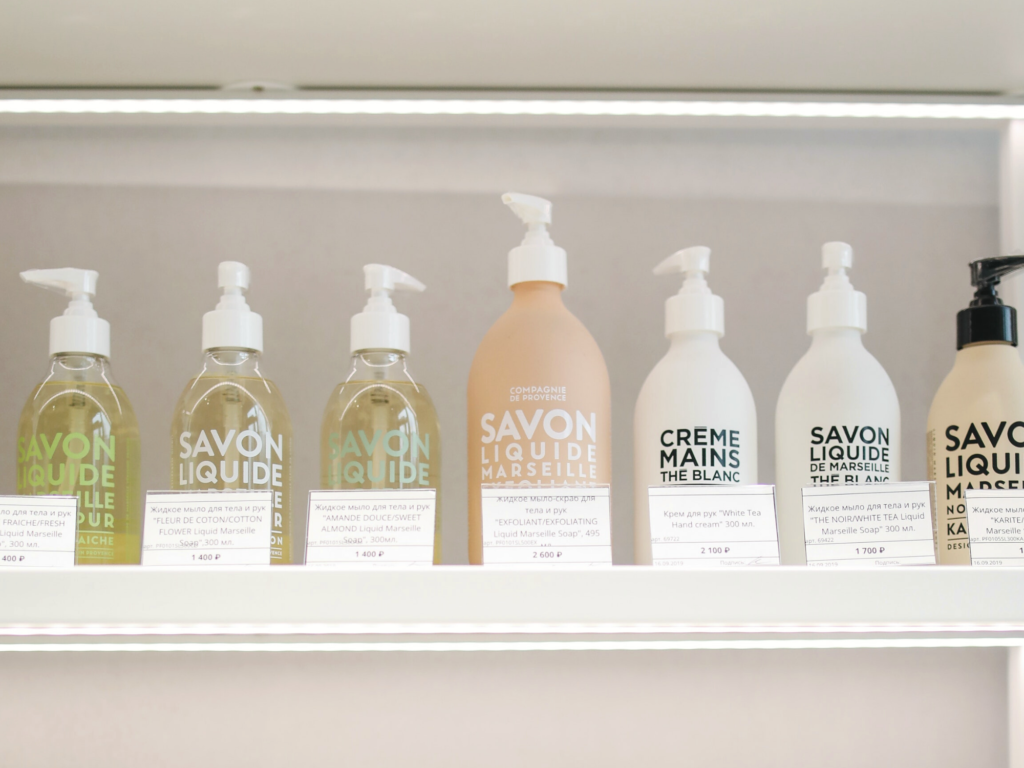
Raw material inventory management can seem like a very daunting task as a business owner; especially if you’re in the handmade industry. Many business owners may even be asking if it’s really that important. As a small business owner, you may be wondering why you should bother getting started with tracking your raw materials when you’re still establishing your business. While these questions are valid, they are not facts. By the end of this article you’ll understand why tracking your raw materials from the very beginning is essential. You will also learn what FIFO tracking is and why it’s important, understand your COGS. After reading this article, you’ll (hopefully) want to get started on your raw material inventory tracking today.
What is Raw Material Tracking?

Raw material inventory management is keeping literal tabs on all materials that are used while the production of your product is taking place. First you will need to understand that there are two types of these; direct materials and indirect materials.
Direct materials are the physical items that make up your products. So for example, if you make candles, this would be your wax, the wick, etc.
Indirect materials are the materials you need to help in the creation of the product. This does not include the product itself. This, for example, might be tools you that help make your product i.e. your wax melter.
We track the products that our business creates, why would we not track the materials used to create those products? This it not just useful for those in the candle making industry, but also soap and jewelry; anything with ingredients or materials. This is for any business scale as well, meaning a small business ran by one person. Or a larger established business with multiple employees or locations.
For accounting purposes, businesses must know their inventory values of raw materials, which means they must know the math… and yes, there is an exact equation.
The equation is quite simple, actually: (beginning inventory) + (inventory purchases) – (ending inventory) = current value
If you started your business this year, then the math is a slightly different:
(inventory purchases) – (ending inventory) = current value
FIFO Tracking and Why It’s Important

The next thing you must understand for tracking raw materials, is FIFO tracking and why it matters. For starters… what is FIFO tracking? FIFO tracking is your ‘First In First Out’ system. This will give you the ability to assess the value that your inventory is worth. This essentially means that the oldest inventory are going to be used and sold first; whether, that statement is actually true or not. If you’re an Inventora user, this will sound familiar to you, as it’s the system we use.
Inventora uses the FIFO tracking system for a few different reasons…
1.) The FIFO tracking system is the most widely used method of valuing inventory globally.
2.) You can free up more warehouse space. Your products and be goods can be stored more efficiently.
3.) FIFO ensures that you will ship only the most up to date versions of your products. Therefore leaving customers with less issues.
How to Get Started Tracking Raw Materials for Your Handmade Business

Now that you understand what FIFO is, the next step is to learn how to get started. The manual way would be to grab a pen and paper and manage a spreadsheet. Another, more simpler and efficient way to track your raw materials, is by using Inventora.
After you determine the system you want to use, you must next know exact amounts of materials that go into creating 1 product. For example, if you’re a candle maker, your materials will look like the following:
1 candle = 1 cotton wick, 1 glass jar, 1 wick sticker, 1 wooden lid, 5.6 oz of wax, 0.42 oz of fragrance oil
Now, when you make 10, 20, or 100 of this product, the materials used will always be accurate. Inventora calculates this math. We automatically deduct materials used when new products are created to help you save time and simplify the process.
It’s imperative to get into a routine of doing this. While any system can automate the process and make it easier, you still have to feed it the data. You’ll want to make sure you set time in your schedule to do this weekly or daily; whichever routine makes the most sense for your business.
Understanding Your COGS
Raw material inventory management is more than just knowing how much you have available. It also is the foundation of your business financial success. To have the best understanding of this, you need to know your COGS (Cost of Goods Sold). This is the carrying value of your products that was sold during a specific period of time.
Understanding your COGS will help you determine product pricing. There is also an exact equation for this.
(Variable cost per product) / (1 – profit margin as a decimal) = Price of your Product
Learn how this equation was determined here.
With accurate raw material data, COGS are ever-changing. This is because taxes, price changes, shipping fees, etc. Having a management system keeps you up-to-date. It also allows you to feel secure in knowing your inventory is as accurate as possible. Our team at Inventora has made this process as easy as possible. Our system already configures shipping into the COGS of each product for you. So, that’s one less thing you have to think about!
Accurate Inventory Tracking Ultimately Helps Your Business Scale

Accurate raw material inventory management analyzes and predicts the patterns of your business. This helps to buy inventory in quantities that you know you will use, or can plan to use if you are expecting a busier month.
This knowledge also prevents over-buying or buying too little. Buying too much inventory at a time can not only be costly, but wasteful. Sometimes when a business owner over buys, they end up not using all the materials purchased. Depending on the type of materials, the quality can decline before it’s even used, resulting in trashing the purchased materials.
Buying too little can also be problematic. If you underbuy, you will eventually run out of the materials you use to make your products. This can cause delay times, make a little unorganized chaos in your life, and as well as cause unhappy customers.
Inventora can help you better track the quality of materials to buy, and alert you when you’re getting low on supplies. It can also give you a better understanding of which of your products are best sellers, and which product types have higher sell-through rates. You can determine your best selling products by checking how many orders were placed during a specific timeframe. This can be something you do on a regular basis, quarterly, or whenever you feel necessary! The next step is to look at similar timeframe. Compare the percentage rates to see if they have increased or decreased. Knowing this information can also help you buy in larger quantities to achieve better bulk pricing; another task Inventora can help with.
Inventora is not only a software to help your raw material inventory tracking, but a tool for handmade businesses and businesses of all sizes to track their products and the success of their company.
Let Inventora allow you to spend less time counting, and give you more time to do the parts of your business that you enjoy! Ease your stress and free your space today by trying out Inventora for FREE!


